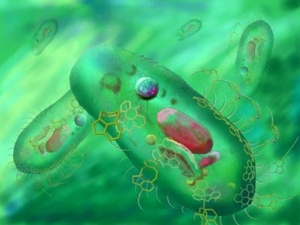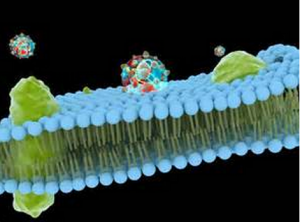US scientists have developed a nano-transport that can deliver a high dose of anti-cancer drugs to cancer cells in a direct and safe way, which can significantly improve the effect of cancer treatments.

Generally, various cancer cells can generate matrix metalloproteinase that can break down the extracellular matrix components. Such enzyme can promote the spread of cancer cells, leading to death of the body. According to the report from San Diego’s official website, because of the decomposition characteristics of enzyme, the research team has invented a nano-sphere that can release drugs under the presence of matrix metalloproteinase.
The researchers loaded anti-cancer drugs into the nano-sphere and wrapped with a polypeptide such as Alarelin Acetate. Atoms of some drug molecules could be crucial for the effect of toxic drugs. And adding chemical substances that can connect with above atoms tightly within the nano-sphere can make the drugs maintain an inactive state before they reach the tumor through the circulatory system.
When the wrapped polypeptide-containing nano-spheres arrive the cancerous parts, matrix metalloproteinase can release the drug after the shell exploded polypeptide (Antide). Meanwhile, the released polypeptide can make drug molecules remain in the vicinity of the tumor.
Research team members said that they have made a nano-transport device which is able to deliver an effective dose of anti-cancer drugs to the tumor site in an accurate way.

Experimental study on mice found the use of this system can give patients high doses of drugs in a safe way, nearly more than 16 times of conventional therapy. And low doses of drugs to the tumor can stop growing for at least two weeks. However, the tumors in vivo could grow to be fatal if the mice were treated with saline.
This therapy based on a kind of specific drug delivery system is now applying for patent. Scientists said that they will expand the technology and methods to create the molecular transport system for the use of diagnosis and treatment of other diseases. In addition, they will also continue to improve the nano-wrapped ball housing.